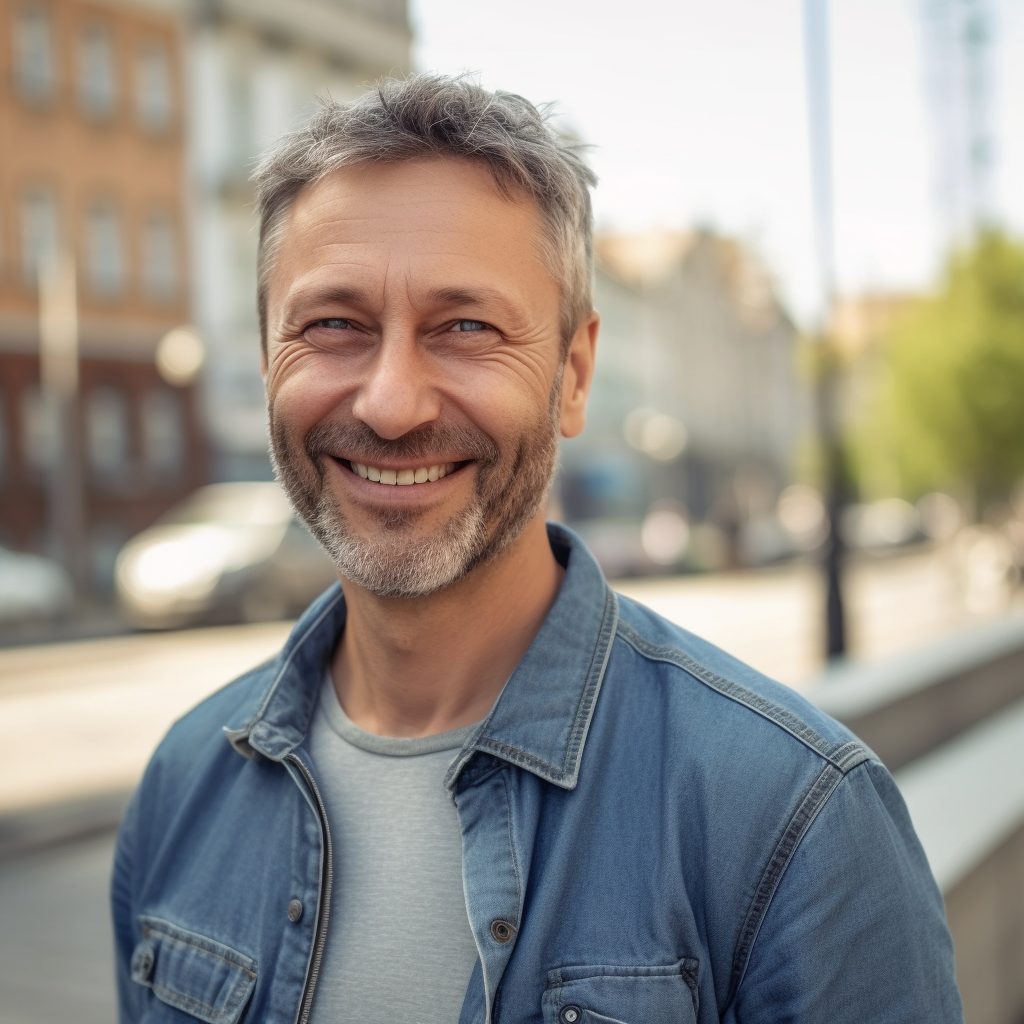2020 Pandemic: How People Remember Lockdowns
In the spring of 2020, the world went still. Streets emptied, schools closed, airports fell silent. In homes across continents, people waited—uncertain, afraid, and hoping that the storm of the COVID-19 pandemic would soon pass. What began as a local outbreak in Wuhan, China, transformed into a global public health emergency, and for many, the lockdowns of 2020 became the defining experience of the 21st century.
While scientists raced for vaccines and governments struggled to contain the virus, ordinary people adapted to an extraordinary new reality. This article chronicles how the lockdowns unfolded globally, through key events, personal accounts, and the collective memory that continues to shape how we view resilience, isolation, and community in the face of crisis.
Setting the Stage – A World on Edge
By January 2020, news of a novel coronavirus began filtering out of Wuhan. Few outside China grasped its significance, but by February, it was clear that COVID-19 was spreading globally. In March, the World Health Organization (WHO) declared it a pandemic.
Hospitals overflowed in Northern Italy. New York City became the epicenter in the U.S. Governments scrambled to close borders and limit movement. Then came the orders: stay at home.
Timeline of the Global Lockdowns
January 23, 2020 – Wuhan Locks Down
- City of 11 million under strict quarantine.
- First large-scale lockdown of the modern era.
- Residents confined to homes, streets patrolled by drones and police.
“I looked out my window and saw nothing—just mist and silence,” said Wei Zhang, a university student in Wuhan. “It felt like the end of the world.”
March 9–11 – Europe Shuts Down
- Italy becomes the first Western country to impose a nationwide lockdown.
- Schools, shops, and factories closed; movement restricted except for essentials.
- Other countries follow: Spain, France, and Germany.
“My grandmother hadn’t left the apartment in weeks. We waved through the glass door,” recalled Clara Rodríguez, a teacher in Madrid.
March 13–25 – The United States Reacts
- U.S. declares a national emergency.
- Cities like New York, Los Angeles, and Seattle issue stay-at-home orders.
- Panic buying hits grocery stores; toilet paper becomes a symbol of the crisis.
“I worked at a Target. People yelled, cried, begged us to open boxes. I’d never seen anything like it,” said Devon R., a retail employee in Chicago.
April–May 2020 – Lockdowns Go Global
- Over 3.9 billion people under some form of lockdown.
- Major cities from Buenos Aires to Manila institute curfews, border closures.
- India imposes the largest lockdown in history—1.3 billion people.
“There were migrants walking hundreds of miles. Some never made it home,” reported Ananya B., a journalist in New Delhi.
Summer 2020 – Partial Reopenings and Unequal Recovery
- Some nations ease restrictions; others face second waves.
- Lockdown fatigue, economic pressure, and protests (e.g., George Floyd demonstrations) shift public discourse.
- New Zealand and Taiwan praised for early success; Brazil and the U.S. criticized for chaotic responses.
“We had zero cases for weeks. Life almost felt normal again—but we knew it could change any day,” said Emily Wu, a barista in Auckland.
Eyewitness Testimonies – Life Under Lockdown
Isolation and Mental Health
The psychological toll was immense. For many, the lack of human contact became the hardest part.
Lina Peters, a retiree in Berlin, said:
“I didn’t hug anyone for six months. I watched my birthday cake melt on a Zoom call.”
Surveys from 2020 showed dramatic spikes in anxiety, depression, and sleep disorders across age groups.
Family, Work, and Routine
With schools closed and offices shut, home life blurred into work life.
Jonathan P., a father of two in Toronto, recalled:
“My living room was a kindergarten, an office, and a gym all at once. It was chaos—but also bonding time we never had before.”
Creativity and Community
Despite hardship, people found ways to stay connected.
- Italians sang from balconies in Naples.
- New Yorkers clapped for healthcare workers each night at 7 p.m.
- Mutual aid networks delivered groceries to vulnerable neighbors.
“A stranger dropped off homemade masks at our door. I never met her—but I’ll never forget it,” said Haruto S., in Osaka.
The Global Digital Shift
Lockdowns forced entire societies to go online:
- Zoom became a household name.
- Weddings, graduations, and funerals moved to live streams.
- Remote work and education became the norm for millions.
Yet the digital divide also became glaringly visible. In rural areas and lower-income communities, lack of internet access deepened inequalities.
“Some of my students shared one phone among four siblings. How could they learn like that?” asked Fatima Q., a teacher in South Africa.
How Lockdowns Are Remembered Today
Now, years later, the memory of lockdowns is a complex mix of trauma, nostalgia, and reflection.
Collective memory includes:
Symbols: face masks, sourdough bread, empty highways.
Emotions: fear, boredom, closeness, grief.
Questions: What did we learn? What did we lose?
Museums, oral history projects, and archives have begun preserving pandemic experiences. The Pandemic Journaling Project and the COVID-19 Memory Archive invite people to share stories, images, and reflections.
Long-Term Impacts:
- Health systems are reevaluating emergency preparedness.
- Urban planning and public spaces are being redesigned for resilience.
- Remote work has reshaped business and culture.
But perhaps the most lasting effect is how we think about time and connection.
Conclusion
The 2020 lockdowns were not just about a virus—they were a shared, global human experience. Across cultures and countries, people faced the same invisible threat, altered their lives overnight, and found both despair and unexpected meaning in the stillness.
As we move forward, the way we remember those months—through stories, art, and quiet moments—will shape how we understand resilience, empathy, and what it means to live through history.

